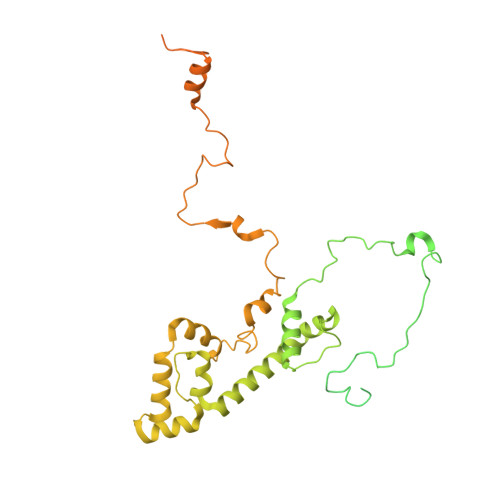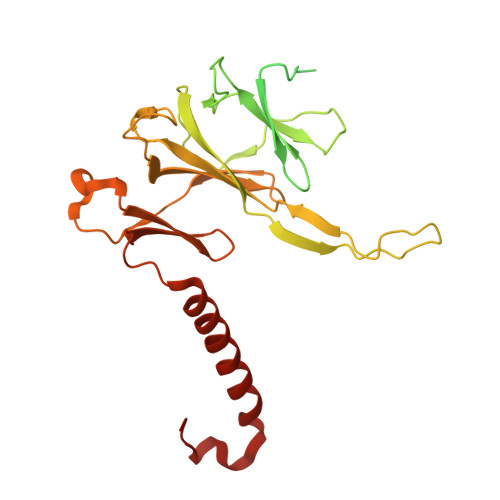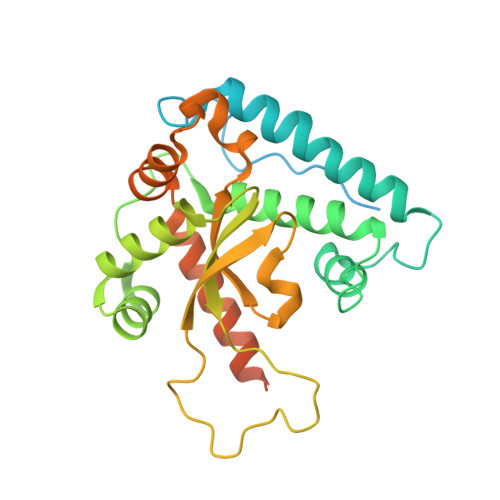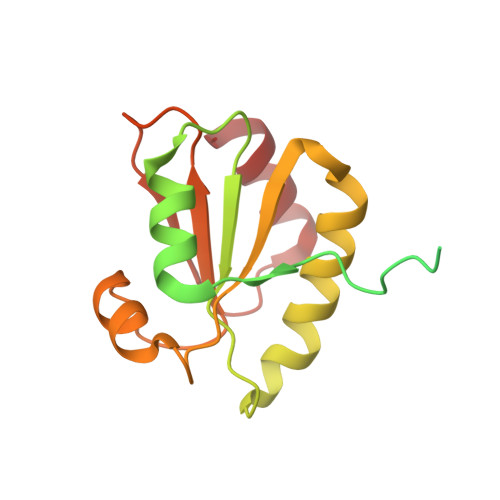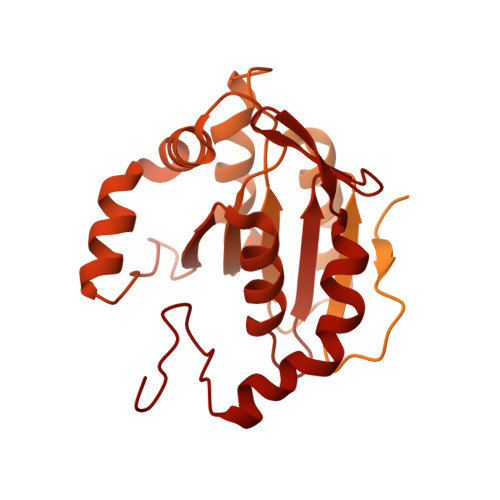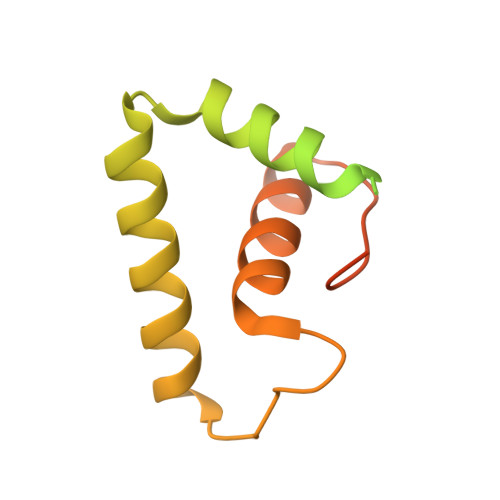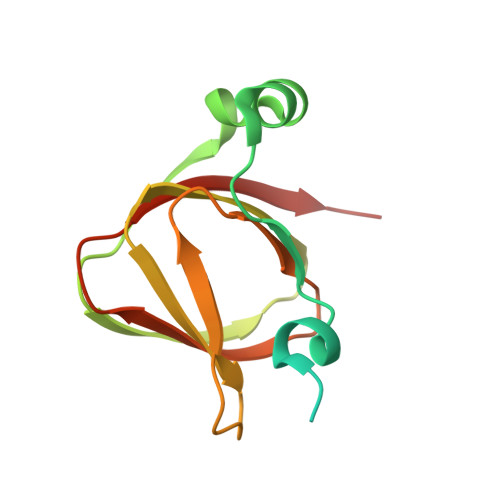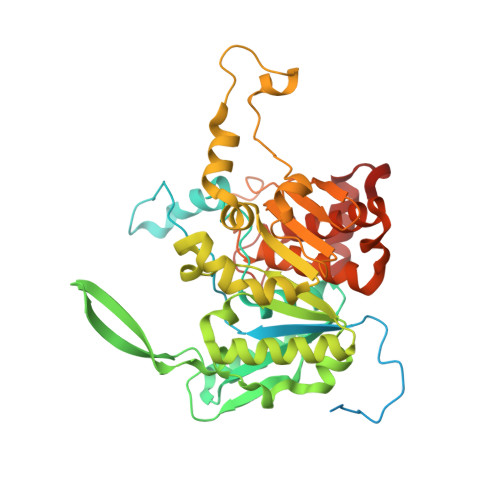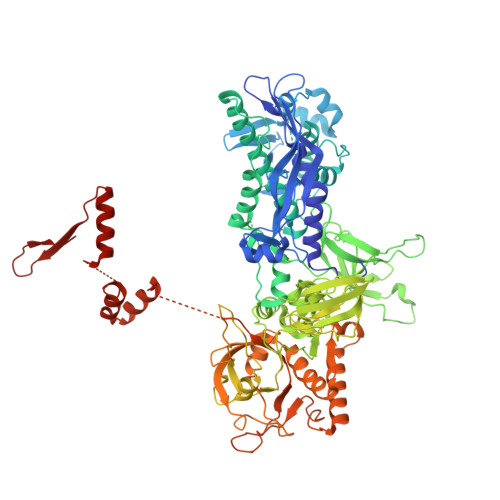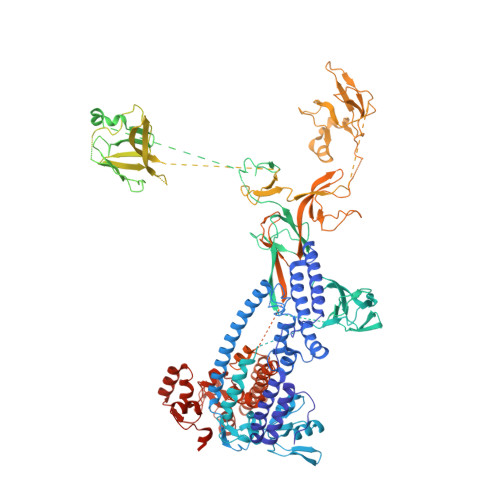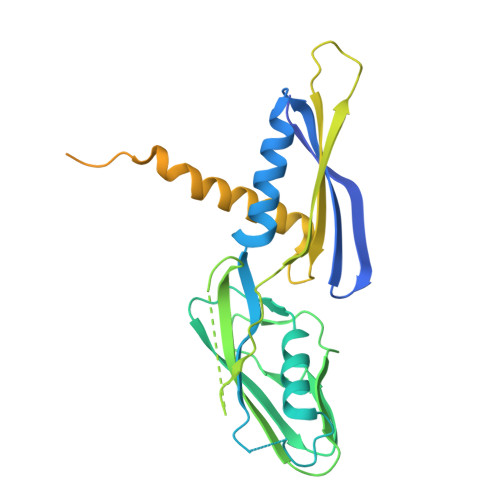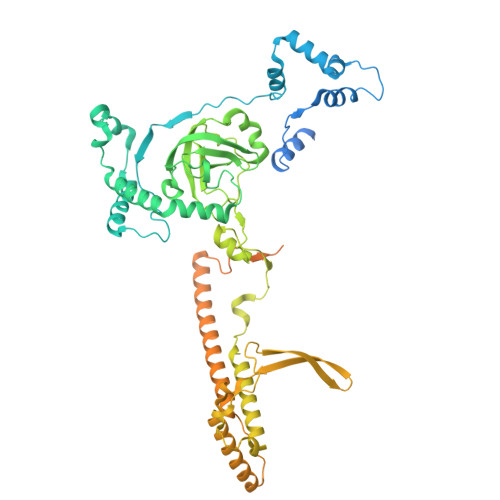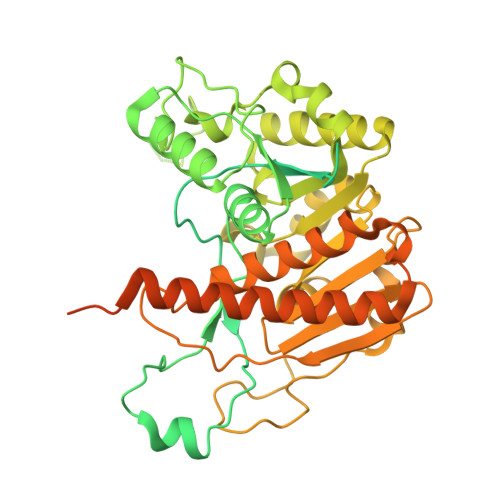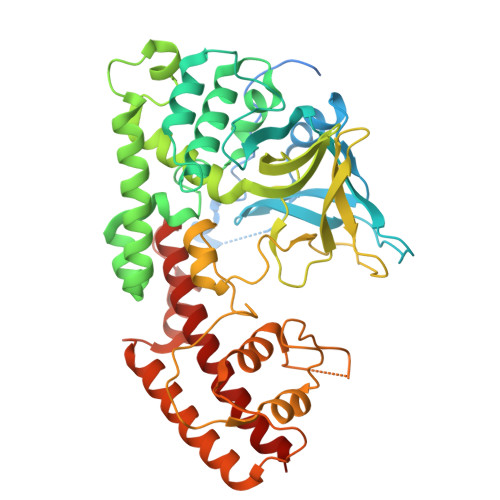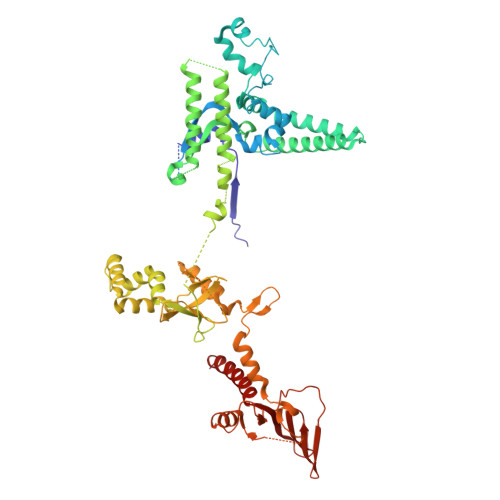Structure of the multi-subunit chloroplast RNA polymerase.
do Prado, P.F.V., Ahrens, F.M., Liebers, M., Ditz, N., Braun, H.P., Pfannschmidt, T., Hillen, H.S.(2024) Mol Cell 84: 910
- PubMed: 38428434
- DOI: https://doi.org/10.1016/j.molcel.2024.02.003
- Primary Citation of Related Structures:
8QMA - PubMed Abstract:
Chloroplasts contain a dedicated genome that encodes subunits of the photosynthesis machinery. Transcription of photosynthesis genes is predominantly carried out by a plastid-encoded RNA polymerase (PEP), a nearly 1 MDa complex composed of core subunits with homology to eubacterial RNA polymerases (RNAPs) and at least 12 additional chloroplast-specific PEP-associated proteins (PAPs). However, the architecture of this complex and the functions of the PAPs remain unknown. Here, we report the cryo-EM structure of a 19-subunit PEP complex from Sinapis alba (white mustard). The structure reveals that the PEP core resembles prokaryotic and nuclear RNAPs but contains chloroplast-specific features that mediate interactions with the PAPs. The PAPs are unrelated to known transcription factors and arrange around the core in a unique fashion. Their structures suggest potential functions during transcription in the chemical environment of chloroplasts. These results reveal structural insights into chloroplast transcription and provide a framework for understanding photosynthesis gene expression.
- University Medical Center Göttingen, Department of Cellular Biochemistry, Humboldtallee 23, 37073 Göttingen, Germany; Max Planck Institute for Multidisciplinary Sciences, Research Group Structure and Function of Molecular Machines, Am Fassberg 11, 37077 Göttingen, Germany; Cluster of Excellence "Multiscale Bioimaging: from Molecular Machines to Networks of Excitable Cells" (MBExC), University of Göttingen, 37075 Göttingen, Germany.
Organizational Affiliation:









